Related Research Articles
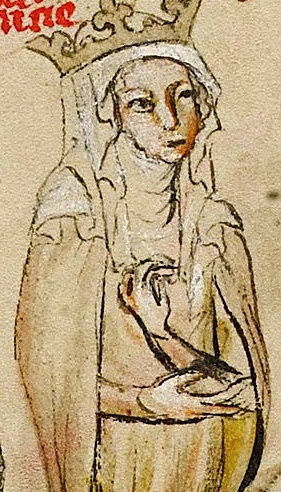
Agnes of Merania was Queen of France by marriage to King Philip II. She is called Marie by some of the French chroniclers.
Alfred of Beverley was an English chronicler and the sacristan of the church of Beverley in the first half of the twelfth century.

Thomas Hearne or Hearn was an English diarist and prolific antiquary, particularly remembered for his published editions of many medieval English chronicles and other important historical texts.
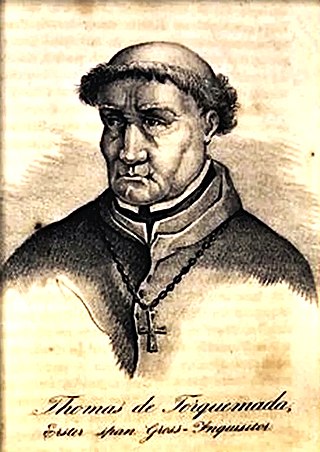
Tomás de Torquemada, also anglicized as Thomas of Torquemada, was a Castilian Dominican friar and first Grand Inquisitor of the Tribunal of the Holy Office. The Spanish Inquisition was a group of ecclesiastical prelates that was created in 1478, and which was charged with the somewhat ill-defined task of "upholding Catholic religious orthodoxy" within the lands of the newly formed union of the crowns of Castile and Aragon. The lands of this newly formed royal union are now known as the Kingdom of Spain.
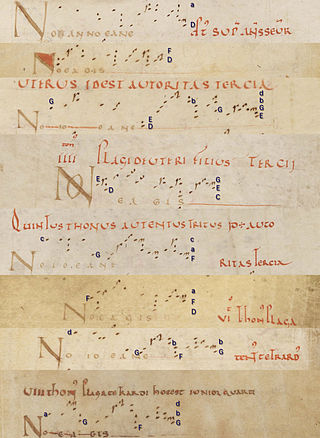
Adémar de Chabannes was a French/Frankish monk, active as a composer, scribe, historian, poet, grammarian and literary forger. He was associated with the Abbey of Saint Martial, Limoges, where he was a central figure in the Saint Martial school, an important center of early medieval music. Much of his career was spent copying and transcribing earlier accounts of Frankish history; his major work was the Chronicon Aquitanicum et Francicum. He is well-known for forging a Vita, purportedly by Aurelian of Limoges, that indicated Saint Martial was one of the original apostles. Though he successfully convinced the local bishop and abbot of its authenticity, the traveling monk Benedict of Chiusa exposed his forgery and damaged Adémar's reputation.

Louis Hersent was a French painter.
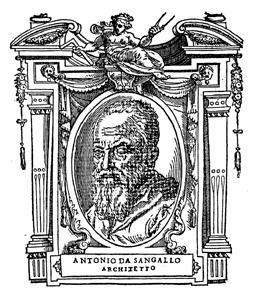
Antonio da Sangallo the Elder was an Italian Renaissance architect who specialized in the design of fortifications.
Richard of Devizes, English chronicler, was a monk of St Swithin's house at Winchester.

Jean Le Bel was a chronicler from Liège.
Annals are a concise historical record in which events are arranged chronologically, year by year, although the term is also used loosely for any historical record.

Johann Georg Turmair, known by the pen name Johannes Aventinus or Aventin, was a Bavarian Renaissance humanist historian and philologist. He authored the 1523 Annals of Bavaria, a valuable record of the early history of Germany.
Ralph of Coggeshall, English chronicler, was at first a monk and afterwards sixth abbot (1207–1218) of Coggeshall Abbey, an Essex foundation of the Cistercian order. He is also known for his chronicles on the Third Crusade and of Gerard of Ridefort.
Gilles Li Muisis was a French chronicler and poet. Li Muisis was probably born at Tournai, and in 1289 entered the Benedictine abbey of St Martin in his native city, becoming prior of this house in 1327 and abbot four years later. He only secured the latter position after a contest with a competitor, but he appears to have been a wise ruler of the abbey.
Arthur de Montauban, French magistrate and prelate, belonged to one of the great families of Brittany.

Nicholas Trivet was an English Anglo-Norman chronicler.
Roye may refer to:

Montdidier is a commune in the Somme department in the administrative region of Hauts-de-France, northern France.
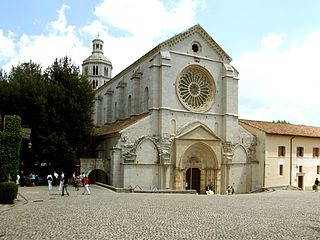
Fossanova Abbey, earlier Fossa Nuova, is a church that was formerly a Cistercian abbey located near the railway-station of Priverno in Latina, Italy, about 100 kilometres (62 mi) south-east of Rome.
Alberic of Trois-Fontaines was a medieval Cistercian chronicler who wrote in Latin. He was a monk of Trois-Fontaines Abbey in the diocese of Châlons-sur-Marne. He died after 1252. He wrote a chronicle describing world events from the Creation to the year 1241.
References
- This article incorporates text from a publication now in the public domain : Chisholm, Hugh, ed. (1911). "Gilles de Roye". Encyclopædia Britannica . Vol. 12 (11th ed.). Cambridge University Press. p. 22.